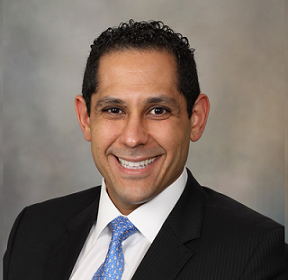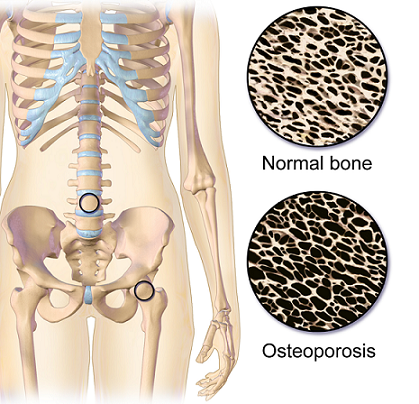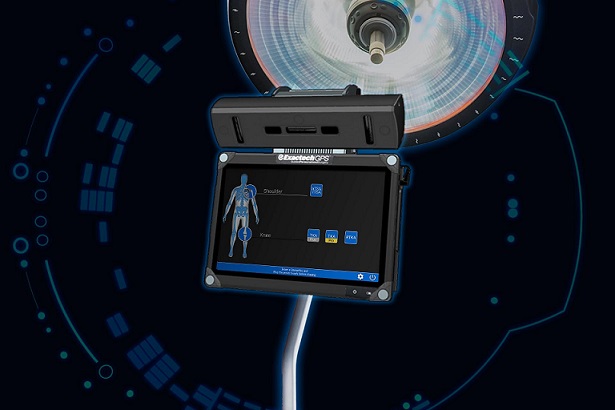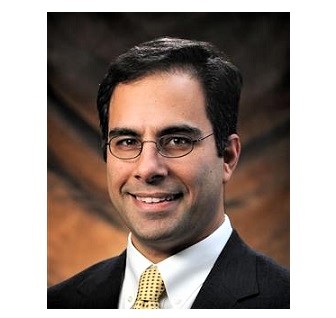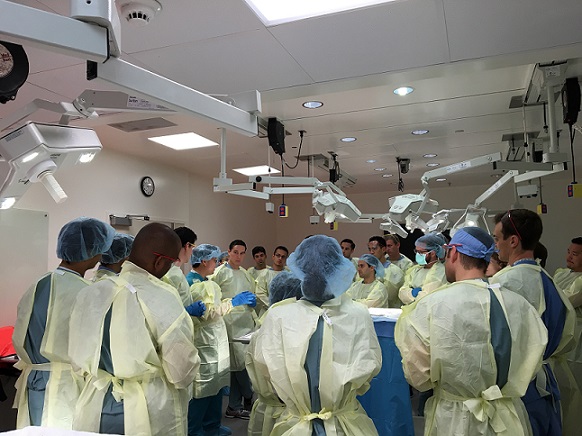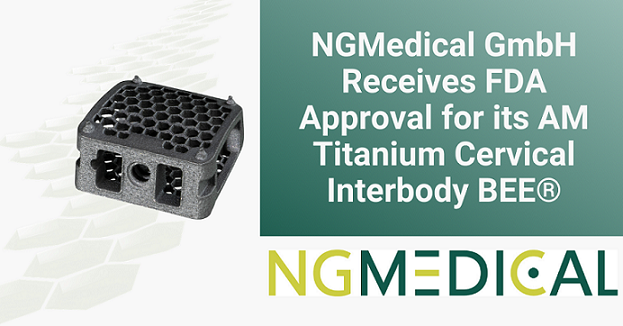Elizabeth Hofheinz, M.P.H., M.Ed.
Citing a lack of data on the use of Extended Trochanteric Osteotomy (ETO), a team from Mayo Clinic in Rochester, Minnesota examined all ETOs performed during revision total hip arthroplasty (THA) between 2003 and 2013. Their study, “Extended Trochanteric Osteotomy in Revision Total Hip Arthroplasty: Contemporary Outcomes of 612 Hips,” appears in the January 20, 2021 edition of The Journal of Bone and Joint Surgery.
The cases included involved one of two techniques: Paprosky (laterally based osteotomy; n = 367) and Wagner (anteriorly based osteotomy; n = 245). Indications for revision were as follows: aseptic loosening (65%), periprosthetic joint infection (18%), periprosthetic fracture (6%), femoral implant fracture (5%), and other (6%).
Co-author Matthew Abdel, M.D., a professor of orthopaedic surgery at Mayo, told OSN, “Extended trochanteric osteotomies (ETOs) are an extremely powerful technique that allow for removal of well-fixed femoral components as well as cement. Moreover, they aid in surgical exposure, allow for management of proximal femoral deformities, and allow for implantation of modular fluted tapered stems. There is confusion surrounding laterally-based Paprosky ETOs and anteriorly-based Wagner ETOs, as well as long-term results.”
Their findings…
The authors wrote, “The mean Harris hip scores increased from 57 preoperatively to 77 at the latest follow-up…Nine hips (2%) had nonunion of the ETO. Intraoperative fracture of the ETO diaphyseal fragment occurred in 22 hips (4%), postoperative fracture of the ETO diaphyseal fragment occurred in 3 hips (0.5%), and postoperative fracture of the greater trochanter occurred in 41 hips (7%). Survivorship at 10 years free of revision for aseptic femoral loosening, free of femoral or acetabular component removal or revision for any reason, and free of reoperation for any reason was 97%, 91%, and 82%, respectively…”
Minimal complications
“In this very large series of 612 ETOs with both techniques, we found 98% osteotomy union with no difference between techniques,” said Dr. Abdel to OSN. The mean time to union was 6 months, with mean fragment migration of only 3 mm. Notable trochanteric migration, defined as >1 cm, only occurred in 7%. Osteotomy fragment fracture occurred intraoperatively in 4% and postoperatively in 0.5%. The above findings highlight the usefulness of ETOs, as well as how rare complications such as non-unions and notable trochanteric migration occur with ETOs.”

